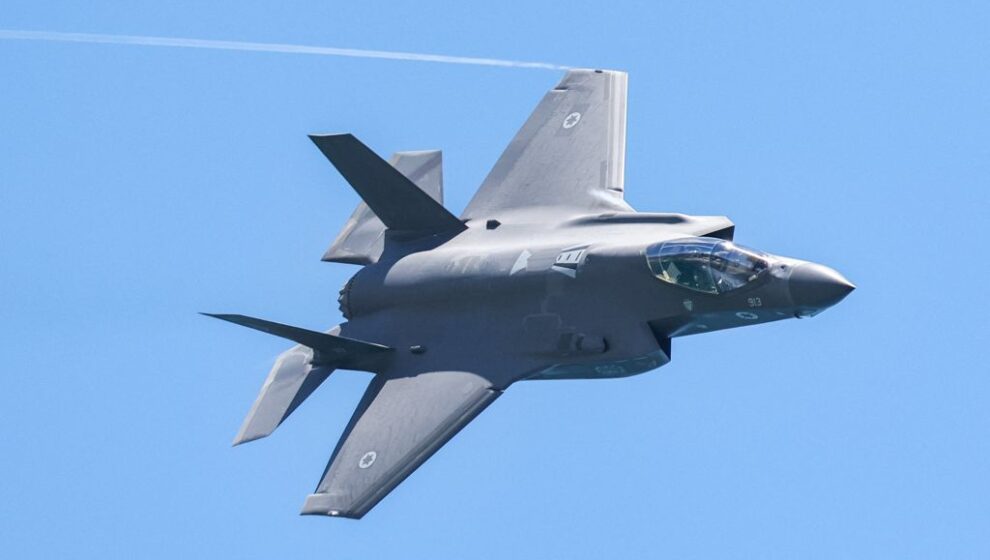A new book explores the importance of decision-making from the perspective of a notable career of success in the Air Force.
Why It’s Important
It is common to be apprehensive and have difficulty making important decisions, even more so when those decisions must be made under pressure. Business leaders and managers face these daily challenges, making tough calls that affect the lives of their staff and teammates.
In the military, these decisions can cost life and limb. Soldiers, sailors, and airmen need to be able to make split-second decisions and judgments to protect their countries and brothers in arms—and that requires incredible talent and training to succeed.
Possible Solutions
Hasard Lee is an active duty Air Force officer and former pilot who flew 82 F-16 and F-35 combat missions during the War in Afghanistan. He hosts several popular social media pages discussing military technology and defense.
His debut book, The Art Of Clear Thinking: A Stealth Fighter Pilot’s Timeless Rules For Making Tough Decisions, explores the process of decision-making under pressure, helping readers to learn how to learn more effectively, build tougher mental processes, and develop the skill to executive and assess situations.
“The training to become a fighter pilot is among the most competitive and difficult in the world with fewer than one in a thousand succeeding … Hasard Lee distills what he’s learned during his career flying some of the Air Force’s most advanced aircraft. With gripping firsthand accounts from his time as a fighter pilot and fascinating turning points throughout history, Hasard reveals powerful decision-making principles that can be used in business and in life,” says the publisher.
A Short Excerpt From the Book
“Boiled down, a fighter pilot’s job is to make decisions—thousands of them each flight, often with incomplete information and lives on the line. The decisions start during the mission-planning phase, where processes are developed and resources are allocated to accomplish an objective. This often involves hundreds of people coming together from disparate backgrounds to align toward one common goal. Then the flight must be executed under the fog and friction of war, where it will change no matter how well a mission is planned. This means that despite the immense effort that is put into planning a mission, there will always be difficult decisions that need to be made in the air that has not been anticipated or that don’t have textbook answers,” says Lee.

